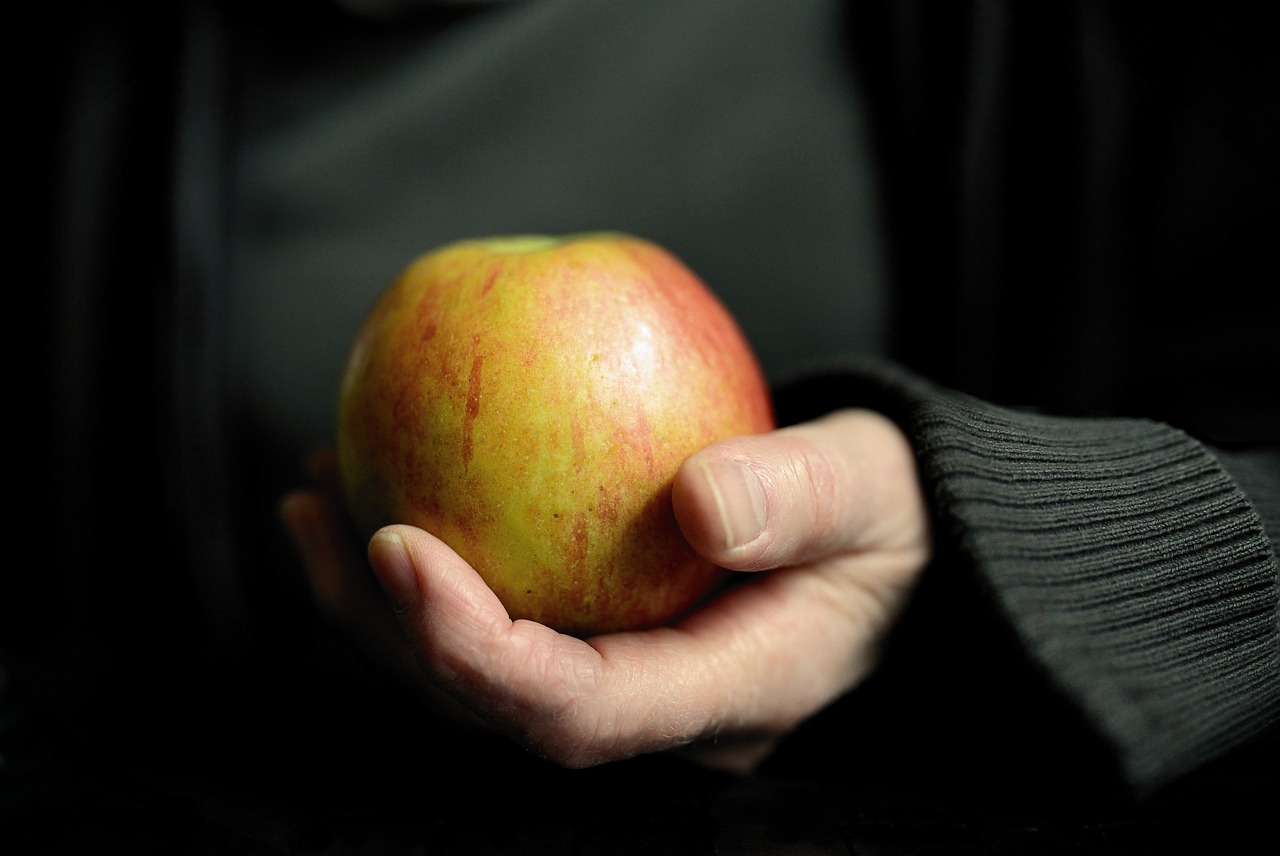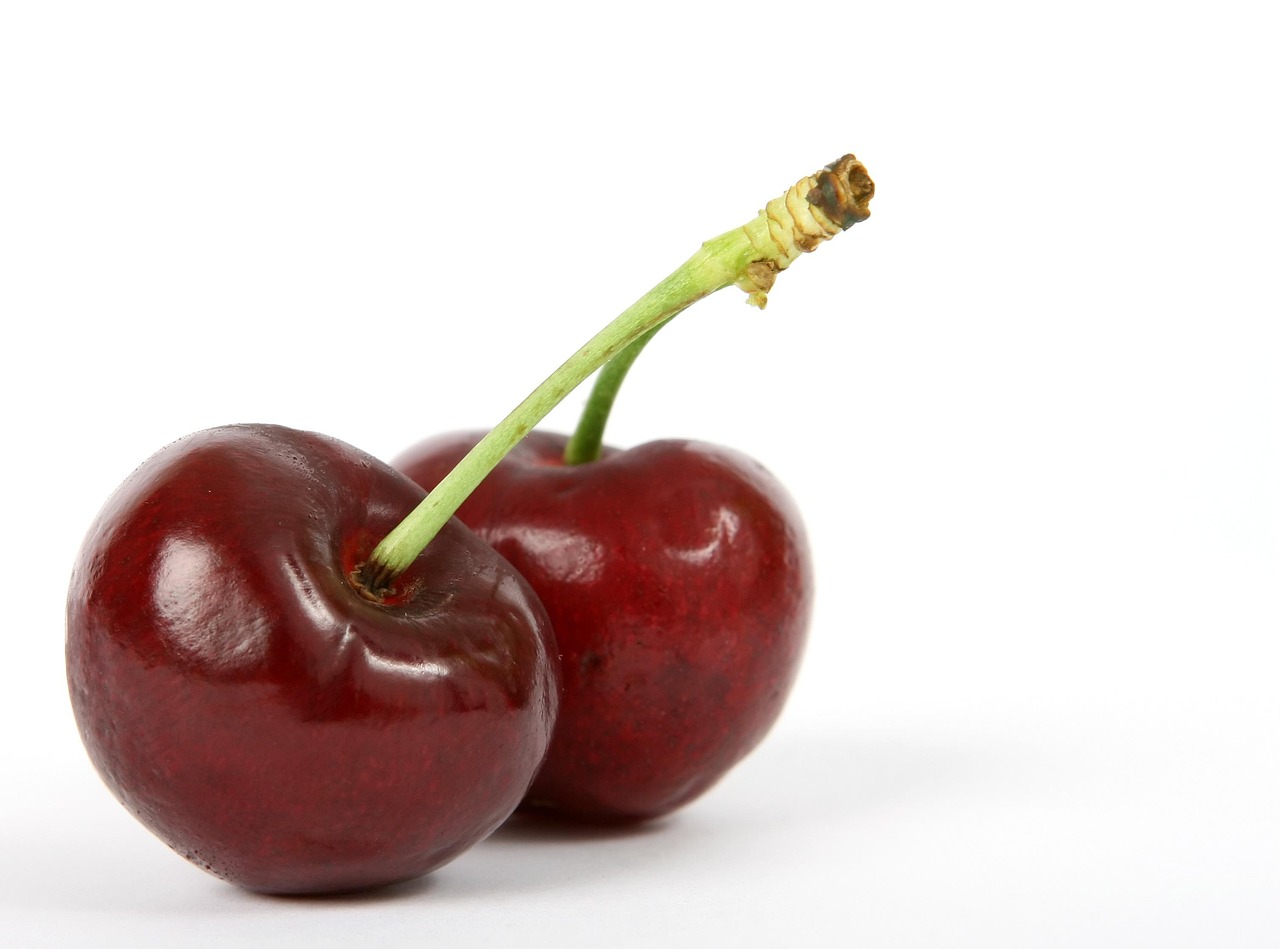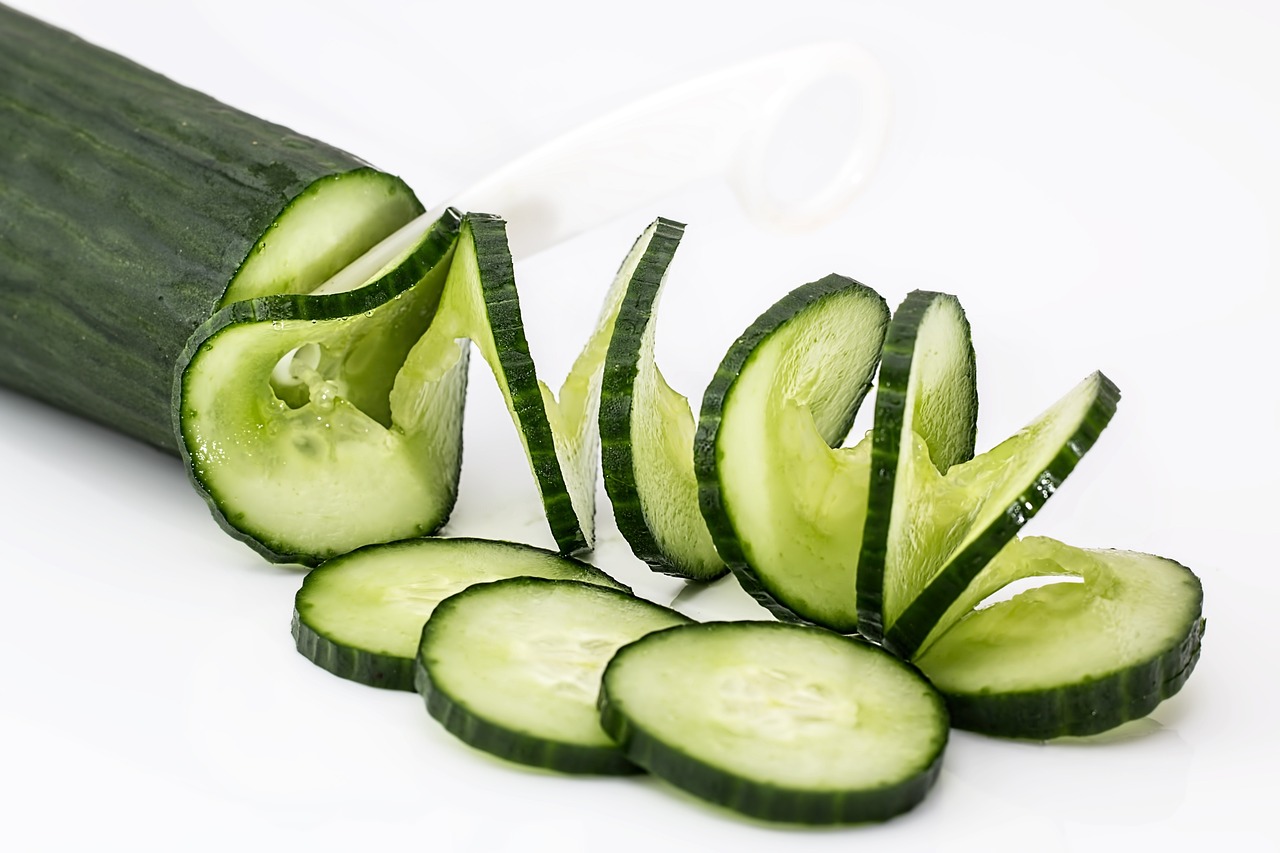Vegetarian burgers have exploded in popularity, moving far beyond the bland, dry patties of the past. Today, a fantastic array of delicious and innovative vegetarian burger options are available, catering to every palate and dietary need. Whether you’re a committed vegetarian, trying to reduce your meat consumption, or simply looking for a tasty and healthy alternative, this guide will delve into everything you need to know about navigating the world of vegetarian burgers.
The Rise of Vegetarian Burgers: A Delicious Revolution
Why the Surge in Popularity?
The increasing popularity of vegetarian burgers is driven by several factors:
- Health Consciousness: Consumers are increasingly aware of the health benefits associated with reducing meat consumption, such as lower cholesterol and reduced risk of certain diseases. Vegetarian burgers offer a convenient and accessible way to incorporate more plant-based meals into your diet.
- Environmental Concerns: The environmental impact of meat production is significant. Vegetarian burgers offer a more sustainable option, requiring fewer resources and generating less greenhouse gas emissions.
- Ethical Considerations: Many individuals choose vegetarianism due to ethical concerns about animal welfare. Vegetarian burgers provide a cruelty-free alternative to traditional meat burgers.
- Improved Taste and Variety: Gone are the days of bland veggie burgers. Modern vegetarian burgers boast incredible flavor profiles and textures, rivaling their meat-based counterparts.
Market Growth and Statistics
The global vegetarian burger market is experiencing substantial growth. According to recent reports:
- The market is projected to reach billions of dollars in the coming years, with a significant annual growth rate.
- Plant-based meat alternatives are becoming increasingly mainstream, with major fast-food chains and restaurants adding vegetarian burgers to their menus.
- Consumer demand for convenient and healthy vegetarian options is a key driver of market expansion.
Types of Vegetarian Burgers: Exploring Your Options
Bean-Based Burgers
Bean-based burgers are a classic vegetarian option, often made from black beans, kidney beans, or pinto beans.
- Pros: High in fiber and protein, relatively inexpensive, and easy to make at home.
- Cons: Can sometimes be dry or mushy if not prepared correctly.
- Example: A black bean burger with roasted corn, avocado, and chipotle mayo on a whole-wheat bun.
Vegetable Burgers
These burgers incorporate a variety of vegetables, such as carrots, zucchini, mushrooms, and beets.
- Pros: Packed with vitamins and minerals, offer a diverse range of flavors and textures.
- Cons: Can sometimes lack protein and require binding agents like breadcrumbs or eggs (for non-vegan options).
- Example: A colorful veggie burger with shredded carrots, zucchini, bell peppers, and a spicy peanut sauce.
Grain-Based Burgers
Grain-based burgers typically use ingredients like quinoa, brown rice, or oats as their base.
- Pros: Naturally gluten-free (depending on the grain used), provide a good source of complex carbohydrates and fiber.
- Cons: Can be bland if not seasoned properly.
- Example: A quinoa burger with sun-dried tomatoes, feta cheese (for non-vegan), and a balsamic glaze.
“Bleeding” Vegetarian Burgers: The Next Generation
These innovative burgers are designed to mimic the taste and texture of real meat, even “bleeding” like a beef burger. Brands like Impossible Burger and Beyond Burger fall into this category.
- Pros: Closest resemblance to meat in terms of taste and texture, high in protein.
- Cons: Can be more processed than other vegetarian burger options, potentially higher in saturated fat and sodium, and often more expensive.
- Example: An Impossible Burger on a brioche bun with lettuce, tomato, onion, and special sauce.
Mushroom Burgers
Mushroom burgers utilize the umami flavor and meaty texture of mushrooms to create a satisfying vegetarian option. Portobello mushrooms are a popular choice.
- Pros: Naturally flavorful, low in calories, and rich in vitamins and minerals.
- Cons: Can be slightly watery if not cooked properly.
- Example: A grilled portobello mushroom burger marinated in balsamic vinegar and herbs, served with melted mozzarella cheese and roasted red peppers.
Building the Perfect Vegetarian Burger: Tips and Tricks
Choosing the Right Ingredients
- Protein Source: Ensure your burger has a solid protein base, whether it’s beans, lentils, tofu, or a plant-based meat alternative.
- Binding Agent: Use ingredients like breadcrumbs, flaxseed meal, or mashed sweet potato to hold the burger together.
- Flavor Enhancers: Don’t be afraid to experiment with herbs, spices, sauces, and roasted vegetables to add depth and complexity to the flavor profile.
- Texture Contrast: Incorporate ingredients with different textures, such as crunchy nuts, chewy grains, and smooth purees, for a more enjoyable eating experience.
Cooking Methods: From Grilling to Baking
- Grilling: Grilling imparts a smoky flavor and creates a slightly crispy exterior. Be careful not to overcook, as vegetarian burgers can dry out easily.
- Pan-Frying: Pan-frying is a quick and convenient option, allowing you to achieve a nicely browned crust.
- Baking: Baking is a healthier alternative to frying, as it requires less oil. It’s a good option for veggie burgers that tend to be more delicate.
- Air Frying: Air frying offers a crispy texture with minimal oil. It’s a great option for frozen vegetarian burgers.
Toppings and Buns: Completing the Experience
- Buns: Choose a high-quality bun that complements the burger’s flavor and texture. Options include brioche, whole-wheat, pretzel, and even lettuce wraps for a low-carb option.
- Toppings: The possibilities are endless! Consider classic toppings like lettuce, tomato, onion, pickles, and cheese (for non-vegan options). Explore creative options like avocado, roasted red peppers, caramelized onions, and spicy sauces.
- Sauces: Don’t forget the sauce! Experiment with different sauces like vegan mayo, sriracha mayo, pesto, hummus, or a homemade balsamic glaze.
Vegetarian Burger Recipes: Inspiration for Your Kitchen
Classic Black Bean Burger
- Ingredients: 1 can black beans (drained and rinsed), 1/2 cup cooked quinoa, 1/4 cup chopped onion, 1 clove garlic (minced), 1/4 cup breadcrumbs, 1 tbsp chili powder, 1 tsp cumin, salt and pepper to taste.
- Instructions: Mash the black beans in a bowl. Add the remaining ingredients and mix well. Form into patties and cook in a pan with oil for 5-7 minutes per side, or until golden brown.
Portobello Mushroom Burger
- Ingredients: 2 large portobello mushrooms, 2 tbsp balsamic vinegar, 1 tbsp olive oil, 1 clove garlic (minced), salt and pepper to taste.
- Instructions: Marinate the portobello mushrooms in balsamic vinegar, olive oil, garlic, salt, and pepper for at least 30 minutes. Grill or bake for 10-15 minutes, or until tender.
Sweet Potato and Chickpea Burger
- Ingredients: 1 medium sweet potato (cooked and mashed), 1 can chickpeas (drained and rinsed), 1/4 cup chopped red onion, 1/4 cup rolled oats, 1 tbsp curry powder, salt and pepper to taste.
- Instructions: Mash the chickpeas in a bowl. Add the mashed sweet potato, red onion, rolled oats, curry powder, salt, and pepper. Mix well. Form into patties and bake at 375°F (190°C) for 20-25 minutes, or until golden brown.
Navigating Vegetarian Burgers: Tips for Health and Nutrition
Reading Labels Carefully
- Ingredients List: Pay attention to the ingredients list and look for whole, unprocessed ingredients.
- Sodium Content: Be mindful of the sodium content, especially in pre-made vegetarian burgers.
- Protein Content: Check the protein content to ensure the burger is a good source of this essential nutrient.
- Fat Content: Be aware of the fat content, particularly saturated fat, in “bleeding” vegetarian burgers.
- Additives and Preservatives: Look for burgers with minimal additives and preservatives.
Balancing Nutrition
- Pair with a Healthy Side: Serve your vegetarian burger with a side of vegetables, salad, or fruit to create a balanced and nutritious meal.
- Choose Whole-Grain Buns: Opt for whole-grain buns to increase your fiber intake.
- Limit Processed Toppings: Avoid excessive amounts of processed toppings like cheese sauces and fried onions.
- Make Your Own: The best way to control the ingredients and nutritional content of your vegetarian burger is to make it yourself!
Conclusion
Vegetarian burgers have transformed from a niche offering to a mainstream culinary delight. With an ever-expanding range of options, from classic bean burgers to innovative plant-based meat alternatives, there’s a vegetarian burger to suit every taste and dietary need. By understanding the different types of burgers, mastering the art of building the perfect burger, and being mindful of nutrition, you can enjoy delicious and satisfying vegetarian burgers that contribute to a healthier and more sustainable lifestyle. So, fire up the grill, experiment with flavors, and embark on your own vegetarian burger adventure!




